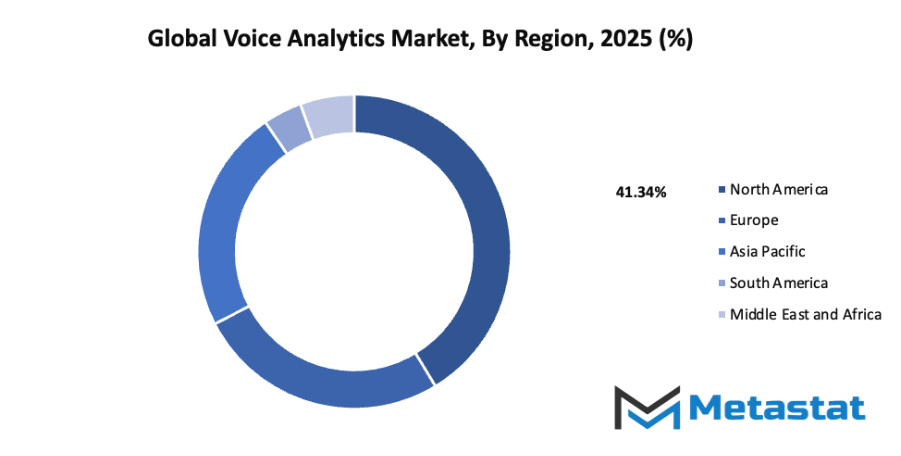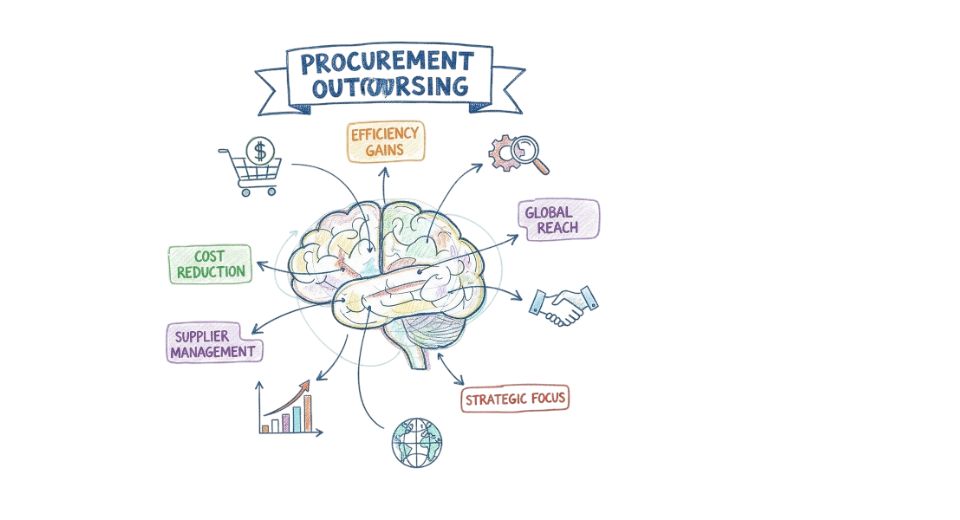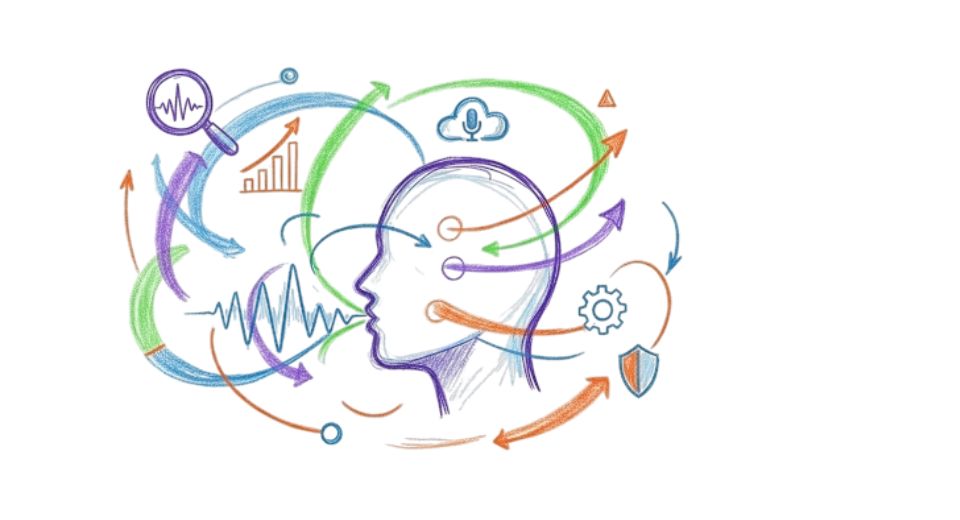Global Voice Analytics Market - Comprehensive Data-Driven Market Analysis & Strategic Outlook
The global voice analytics market of the technology and telecommunication sector shall be viewed right from the start in the 1950s and 1960s when scientists were trying to translate words spoken in order to read them by machines. The solutions at that time were rudimentary, recognizing only a few words, but paved the way for sophisticated solutions. By the 1990s, with growing processing power and declining cost of digital storage, voice analytics software began to be applied in call centers, as firms attempted to enhance the knowledge of customer interactions and optimize service efficiency.
- Global voice analytics market size of around USD 1690.8 million in the year 2025, growing at a CAGR of around 19.8% during the period 2032, with a potential crossing of USD 5990.1 million.
- On-premises hold around 25.4% market share, driving innovation and increasing applications through intensive research.
- Key trends driving growth: Rising customer experience optimization demand
- Chances include: Expansion in cloud-based voice analytics solutions
- Key insight: Growth in the market value will be substantial within the next decade, with clear-cut growth opportunities.

Starting the 2000s, the market will experience a number of defining moments. Natural language processing technology will become more advanced to enable machines not just to record speech, but also to recognize sentiment, emotion, and intent. Throughout this time, companies will start embedding voice analytics into greater customer relationship management systems, the move away from mere transcription to action. Cloud computing will lead to increased adoption by making sophisticated analytics accessible to businesses of all sizes without the need for significant up-front capital expenditures. Shifting customer expectations will be an important enabler of the direction of the market. As customers ask for quicker, individualized service, businesses will more and more use real-time voice analysis to react ahead of time. Data-privacy and call-recording rule changes will impact the deployment of solutions too, compelling vendors to craft secure, compliant solutions that can anonymize or encrypt sensitive information. Advances in technology will carry on advancing frontiers of possibility. AI models will be more capable of picking up on nuances of tone, accent, and context and making the analysis more actionable and dependable. Integrating with other digital channels, including chatbots and virtual assistants, will bring voice analytics to new industries outside of legacy contact centers, including healthcare, financial services, and retail.
If one sees the evolution of the market over time from experimental speech recognition technology to fully formed, AI-driven systems, it can quite evidently be seen that the global voice analytics market will revolutionize the way organizations comprehend and engage with human speech. It will be led by innovation, customer demand, and regulation and become a bedrock of data-driven decision making in customer engagement-reliant and operations intelligence-reliant sectors.
Market Segments
The global voice analytics market is mainly classified based on Deployment Mode, Component, Application, Vertical.
By Deployment Mode is further segmented into:
- On-premises: On-premises deployment can enable organizations to have complete control of their voice analytics infrastructure. On-premises deployment provides data security and in-house policy-based tailoring. Organizations that require stringent regulatory compliance or sensitive information will opt for on-premises solutions as it provides greater control over system patches, storage, and integration with existing IT infrastructure.
- Cloud: Cloud deployment will allow organizations to take advantage of voice analytics capabilities without significant upfront capital investment in hardware. This approach is scalable, flexible, and remotely accessible and would be best suited for companies of all sizes. Cloud products will allow quicker deployment, real-time updates, and inexpensive management, which will drive adoption across industries that want agility and operational efficiency.
By Component the market is divided into:
- Solutions: Solutions of voice analytics will be the key instruments employed for analyzing speech data to discern meaningful information. Solutions will be made up of software platforms interpreting conversations, detecting trends, and creating patterns to enhance decision-making. Solutions will be employed by organizations to enhance customer experience, operational efficiency, and predictive analytics through automation.
- Services: Services will complement solutions by offering deployment assistance, maintenance, training, and advisory services. Managed services will enable companies to extract maximum from voice analytics with no additional internal resources. With the growing demand, service providers shall provide value-added support, which will facilitate seamless integration, performance improvement, and continuous support for organizations that implement voice analytics technologies.
By Application the market is further divided into:
- Sentiment Analysis: Sentiment analysis allows companies to see how customers are feeling and what people say about them through voice interaction. Organizations will be able to enhance customer interaction, create targeted campaigns, and maximize satisfaction by discovering positive, negative, or neutral sentiment. Real-time emotion monitoring will allow services to be improved ahead of time and enhance customer and client relationships.
- Sales and Marketing Management: Applications for sales and marketing management will employ voice analytics to recognize potential prospects, streamline campaigns, and enhance conversion rates. Using conversation analysis, companies will be able to learn about customer preferences, purchasing behavior, and market trends. It will all feed into developing marketing policy, improve personalization, and overall business development.
- Risk and Fraud Detection: Risk and fraud detection will utilize voice analytics to recognize anomalous patterns, suspicious behavior, and potential threats. Through the analysis of conversations during financial transactions or sensitive communications, organizations will lower losses, encourage compliance, and support security. Automated detection systems will become an inevitable element of proactive risk management in many industries.
- Call Monitoring: Call monitoring will help organizations monitor the performance of agents, offer quality standards, and identify training requirements. Voice analytics will be helpful in metrics for measuring customer interaction, enhancing response time, and ensuring consistency in service. Real-time monitoring will facilitate immediate feedback, rendering the functions more effective and customer experience as a whole better.
- Others: Staff optimization, monitoring for compliance, and knowledge management will be some of the other applications. Voice analytics will deliver support for decisions by giving actionable insight department-wise. Such solutions will allow organizations to automate their workflows, enhance productivity, and make well-informed decisions, and encourage innovation and long-term efficiency.
By Vertical the global voice analytics market is divided as:
- BFSI: The BFSI sector will adopt voice analytics to enhance customer service, detect fraud, and comply with regulations. Advanced analytics will help banks and insurance companies monitor transactions, optimize operations, and personalize customer interactions. The sector will increasingly rely on voice analytics to strengthen security and maintain trust in financial services.
- Retail and eCommerce: Retail and eCommerce businesses will use voice analytics to understand customer preferences, improve sales strategies, and enhance shopping experiences. By analyzing customer interactions, organizations will identify buying trends, optimize product offerings, and deliver targeted recommendations. This will support growth and improve customer satisfaction in competitive markets.
- Healthcare: Healthcare providers will implement voice analytics to monitor patient feedback, improve services, and streamline administrative processes. By analyzing interactions, hospitals and clinics will enhance patient engagement, identify service gaps, and ensure compliance with regulatory standards. Voice analytics will become a tool to improve overall healthcare quality and operational efficiency.
- Telecommunication: Telecommunications companies will employ voice analytics to enhance call center performance, monitor network issues, and improve customer support. Analysis of customer conversations will help detect problems, reduce churn, and optimize service delivery. The sector will continue leveraging voice analytics for better customer insights and operational excellence.
- Government and Defense: Government and defense organizations will utilize voice analytics for security, public service monitoring, and communication analysis. Insights from voice data will support intelligence, threat detection, and operational decision-making. Implementation will enhance efficiency, responsiveness, and safety in critical governmental and defense operations.
- Others: Other verticals such as education, energy, and manufacturing will adopt voice analytics to optimize operations, improve customer interactions, and enhance productivity. Organizations across these sectors will benefit from insights generated from voice data, leading to more informed decision-making, higher efficiency, and innovative business practices.
|
Forecast Period |
2025-2032 |
|
Market Size in 2025 |
$1690.8 Million |
|
Market Size by 2032 |
$5990.1 Million |
|
Growth Rate from 2025 to 2032 |
19.8% |
|
Base Year |
2024 |
|
Regions Covered |
North America, Europe, Asia-Pacific, South America, Middle East & Africa |
By Region:
- Based on geography, the global voice analytics market is divided into North America, Europe, Asia-Pacific, South America, and the Middle East & Africa.
- North America is further divided into the U.S., Canada, and Mexico, whereas Europe consists of the UK, Germany, France, Italy, and the Rest of Europe.
- Asia-Pacific is segmented into India, China, Japan, South Korea, and the Rest of Asia-Pacific.
- The South America region includes Brazil, Argentina, and the Rest of South America, while the Middle East & Africa is categorized into GCC Countries, Egypt, South Africa, and the Rest of the Middle East & Africa.

Growth Drivers
- Rising demand for customer experience optimization: The global voice analytics market will benefit from the growing focus on customer experience optimization. Businesses will use advanced voice tools to study customer emotions, tone, and patterns during interactions. This information will guide better decision-making, enabling faster responses and improving loyalty. Future demand will continue to be shaped by this requirement.
- Growing adoption of AI and speech recognition technologies: The global voice analytics market will expand with the widespread use of AI and speech recognition. These technologies will help companies analyze conversations more efficiently, reducing manual efforts. With continuous improvements in accuracy and speed, businesses will adopt voice analytics to improve efficiency, reduce costs, and gain deeper insights into customer interactions.
Challenges and Opportunities
- High implementation and integration costs: The global voice analytics market will face the challenge of high implementation and integration costs. Organizations will need significant investment to adopt and connect these systems with existing infrastructure. Smaller companies may find it difficult to allocate budgets, which may slow adoption rates until more cost-effective models are introduced.
- Concerns over data privacy and security: The global voice analytics market will be challenged by growing concerns about data privacy and security. Voice interactions contain sensitive details, and misuse or breaches can damage trust. Strict regulations and advanced safeguards will be necessary to address these issues, ensuring safe deployment and building confidence among users and regulators.
Opportunities
- Expansion of cloud-based voice analytics solutions: The global voice analytics market will expand with greater adoption of cloud-based solutions. Cloud platforms will offer scalability, flexibility, and easier access to advanced tools at reduced costs. Businesses will shift toward these models to improve performance and security, while also benefiting from real-time data access and faster integration.
Competitive Landscape & Strategic Insights
The global voice analytics market is positioned at a critical junction where both established international leaders, and emerging regional players shape the competitive landscape. Companies such as Verint Systems, NICE, Avaya, ThoughtSpot, Uniphore, Calabrio, Talkdesk, RankMiner, VoiceBase, Beyond Verbal, VoiceSense, SESTEK, audEERING, Invoca, and Xdroid play significant roles in defining industry standards and driving technological advancements. The presence of these key players ensures that innovation remains a constant focus, as each company seeks to offer more precise, intelligent, and actionable insights through voice data. The market will continue to witness intense competition as new entrants challenge existing models with region-specific solutions and agile strategies that cater to local demands.
In the coming years, the Voice Analytics sector will likely see a shift towards more integrated platforms that combine artificial intelligence, machine learning, and natural language processing to enhance decision-making and operational efficiency. Strategic insights will become increasingly critical, with companies leveraging voice data not only to improve customer experience but also to gain predictive intelligence that informs business strategy. Competitors that can balance technological innovation with user-friendly, scalable solutions will maintain a stronger position, while those that fail to adapt quickly may struggle to sustain growth.
The competitive landscape will also be influenced by partnerships and collaborations, where technology providers and service organizations join forces to expand capabilities and extend market reach. Emerging regional players are expected to introduce niche solutions that focus on specific industries or linguistic markets, creating opportunities for innovation that larger global firms may adopt or acquire. The evolving market dynamics will make it essential for companies to continuously analyze competitor strategies, invest in research and development, and anticipate market demands.
Market size is forecast to rise from USD 1690.8 million in 2025 to over USD 5990.1 million by 2032. Voice Analytics will maintain dominance but face growing competition from emerging formats.
As technology advances, the strategic insights derived from voice analytics will offer businesses the ability to make real-time decisions, detect patterns, and forecast trends with greater accuracy. Companies that can successfully harness this potential will shape the future of the industry, driving value for clients while setting new benchmarks in performance and efficiency. The global voice analytics market will therefore be defined not just by technological capabilities but also by the ability of companies to adapt, innovate, and anticipate changes in customer expectations and competitive pressures.
Report Coverage
This research report categorizes the global voice analytics market based on various segments and regions, forecasts revenue growth, and analyzes trends in each submarket. The report analyses the key growth drivers, opportunities, and challenges influencing the global voice analytics market. Recent market developments and competitive strategies such as expansion, type launch, development, partnership, merger, and acquisition have been included to draw the competitive landscape in the market. The report strategically identifies and profiles the key market players and analyses their core competencies in each sub-segment of the global voice analytics market.
Voice Analytics Market Key Segments:
By Deployment Mode
- On-premises
- Cloud
By Component
- Solutions
- Services
By Application
- Sentiment Analysis
- Sales and Marketing Management
- Risk and Fraud Detection
- Call Monitoring
- Others
By Vertical
- BFSI
- Retail and eCommerce
- Healthcare
- Telecommunication
- Government and Defense
- Others
Key Global Voice Analytics Industry Players
- Verint Systems
- NICE
- Avaya
- ThoughtSpot
- Uniphore
- Calabrio
- Talkdesk
- RankMiner
- VoiceBase
- Beyond Verbal
- VoiceSense
- SESTEK
- audEERING
- Invoca
- Xdroid
WHAT REPORT PROVIDES
- Full in-depth analysis of the parent Industry
- Important changes in market and its dynamics
- Segmentation details of the market
- Former, on-going, and projected market analysis in terms of volume and value
- Assessment of niche industry developments
- Market share analysis
- Key strategies of major players
- Emerging segments and regional growth potential








 US: +1 3023308252
US: +1 3023308252






